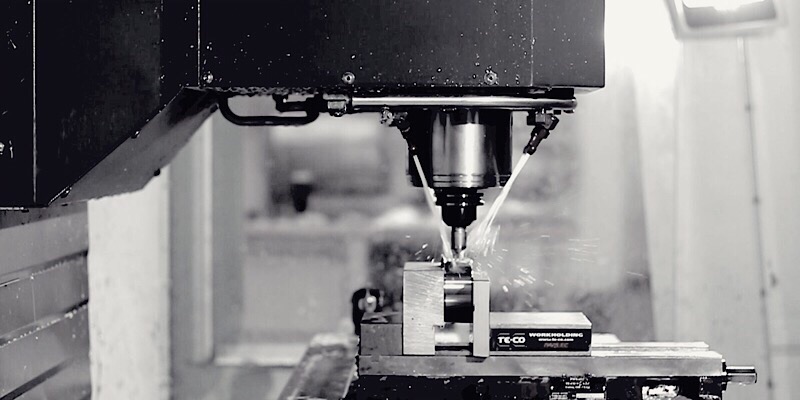Posted on June 10th, 2019 | By Tony, WayKen Project Manager
CNC prototyping cost isn’t cheap despite all the advances in modern technology, and that is understandable. After all, it requires highly-qualified specialists, professional equipment and sometimes the use of expensive alloys. Taking prototype production at the design stage will serve you a long way in reducing the overall cost of the total project cost of CNC prototyping.
What CNC Prototyping Cost Consists Of
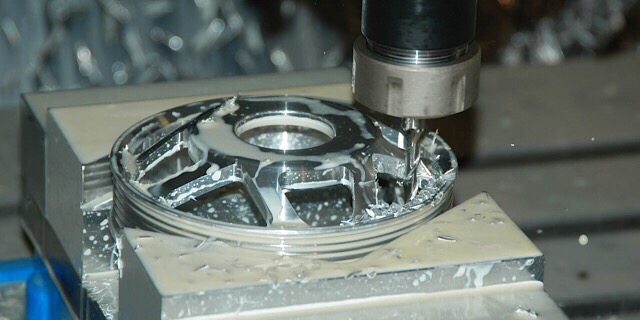
In order to understand how to cut the costs of prototype machining, let’s first see the list of main expenses.
- Bulk metal. The basic principle in custom CNC machining is that first of all, you need a large lump of metal to cut from. In prototyping and low volume industries, those pumps or blanks as they are commonly called are actually much larger than the total mass of the final part (up to 5 times in some cases). That’s why choosing the proper alloy is important because you are actually paying for 3 -4 times the mass of your part.
- Set-up time. Once the technical drawing comes to the CNC service, there will inevitably be a preparation phase when the machining equipment is prepared, NC programs are written, tooling is manufactured or assembled. This time is
- Machining time. Once the preparations are done, machining takes place. The main parameter during CNC rapid prototyping is the total time required for the process. It includes the time for the actual cutting, tool exchange, loading and unloading the part and the time required for the CNC machine parts to travel between machine tools if it is necessary. This expense is by far the largest in the list and it is absolutely necessary to decrease machining time.
- Additional time. Any kind of manufacturing process has some inevitable administrative pauses due to documentation, shipping and so on. Those depend solely on the rapid prototype parts manufacturer so you have to choose diligently and ask the time it will take for them to make the contract or ship the CNC custom machined parts to your location.
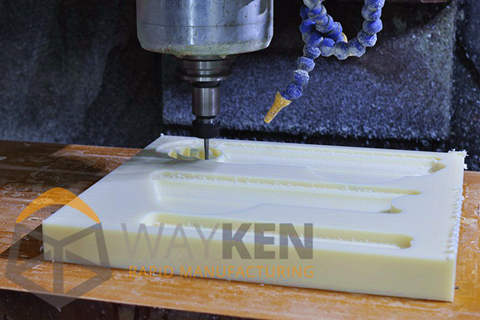
So, having analyzed all the expenses that influence the final CNC rapid prototyping cost, we can come to the conclusion and make a list of tips that will help you cut the CNC prototyping cost of your project.
Tips to Reduce the Cost of the Prototype
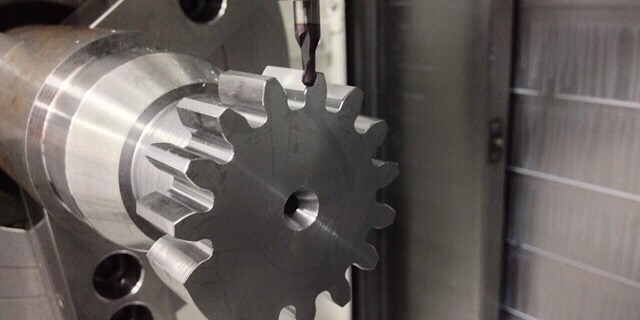
Choose the metal correctly
A lot of beginners don’t really think about the material. They either put in default construction steel or go for something cooler like titanium or stainless steel to prevent rust. Both choices may be wrong or may be right. What you should understand here is that the price of the alloy is not the deciding factor. For example, if you have a large volume to be machined, it is better to pick aluminum since you will process it much faster and the economy from machining time will cover additional machining costs.
Another issue is when you need some special property of the material, for example, for it to withstand high temperatures but you go overboard and pick a material that is a grade higher than could be. For example, you need to have 800 degrees Celsius and you go for 950 degrees, a material much harder to process and much more expensive but those additional 150 degrees are not needed.
Add base elements
Decreasing set-up time is possible by adding special surfaces to the part, which can be consistently used to fix the product prototype blank on the machine tool. For example, if you are making a shaft-type part, you could add two taper holes on its faces so it is possible to fix the part into the lathe centers. Or if the part is box-type to be milled, add a plane with two holes perpendicular to it.
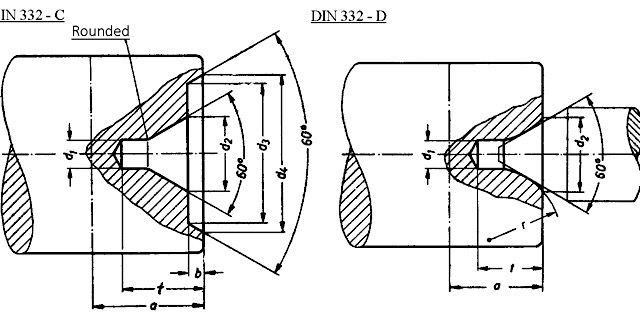
Avoid complex surfaces
Complex surfaces with high surface finish smoothness in CNC parts are not welcome if your option is fast prototyping. The reason for that is that complex surfaces are usually finished by a small end-mill with a spherical tip. It has an extremely small stepover ( around 0.1-0.05 mm) and it has to counter the whole surface from one side ( if it goes both ways, there will be small ribs). When the area of a complex surface is large, you’ll need hours to finish.
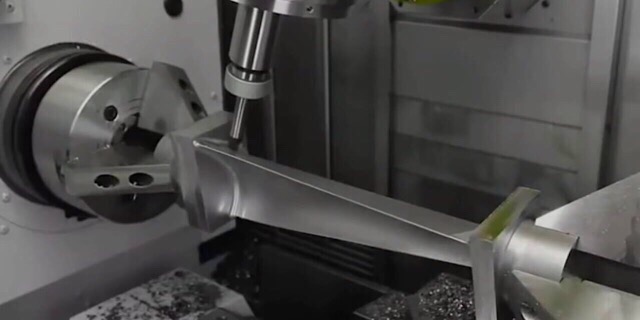
Avoid thin walls and deep pockets
CNC prototyping involves a lot of force and friction. Cutting forces must be large to be able to chop off a piece of steel or another alloy. This force doesn’t only go to the cut. If the tool is blunt or the cutting parameters are too large, the part itself may be bent a little bit. This can be neglected if there is a lot of metal to the part and its rigidity is high, but the thinner and longer the part is, the more you will notice the deformation due to cutting forces. It can be somewhat countered by decreasing the cutting parameters, but that will lead to an increase in machining time. So, prototype machined parts should have thicker walls.
Order a small batch instead of one part
If there is a slight possibility that you will need more than one prototype for testing, you should order a small batch right away rather than ordering later since it will be much cheaper. The machine shop will only have to set-up its machine tools once instead of twice.
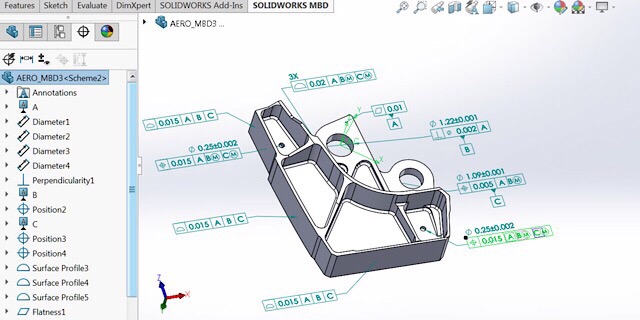
Set the precision right
A lot of designers think that the more precise a part is the better, the higher the surface finishes the better it will look ( glossy polished parts look cool, yes?) but high tolerances and extreme surface finishes mean that the prototype manufacturer will have to use grinding machines in order to achieve such sizes and surface finishes. And in order to grind parts, they need to have a minimum amount of hardness. And that ensues heat treatment. Now, heat treatment takes at least a day because you need to heat up the part, leave it there, and then cool it down. So, it is preferable that the majority of the surfaces are IT9 or lower with a surface finish of Ra 3,2 or worse and only the most important surfaces with higher tolerances.

